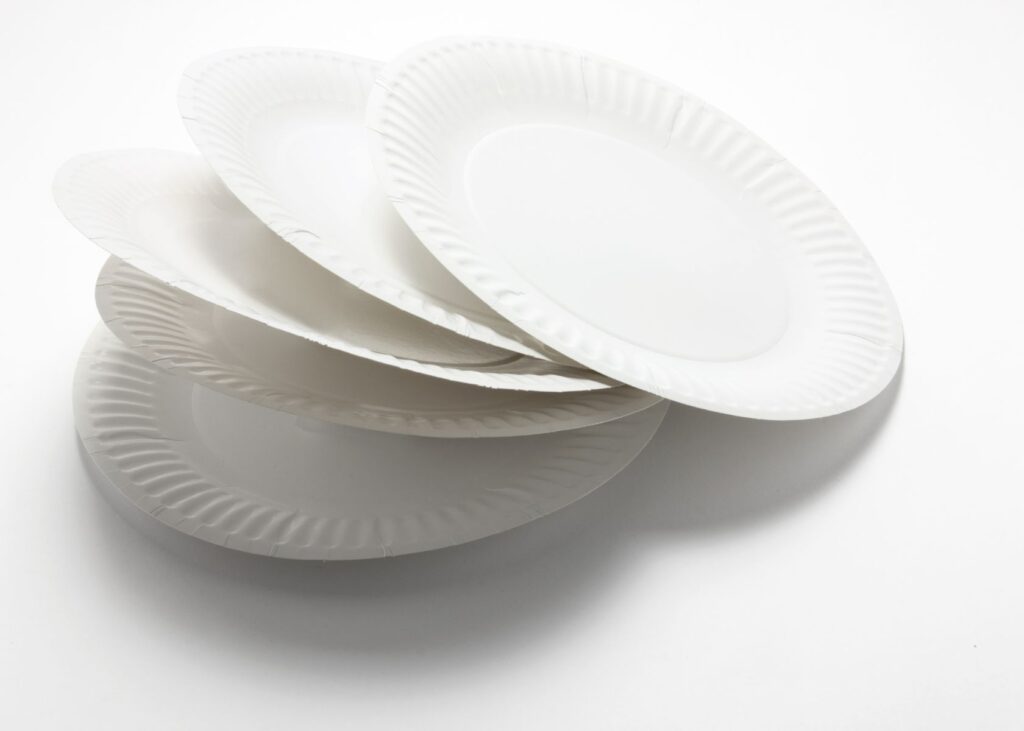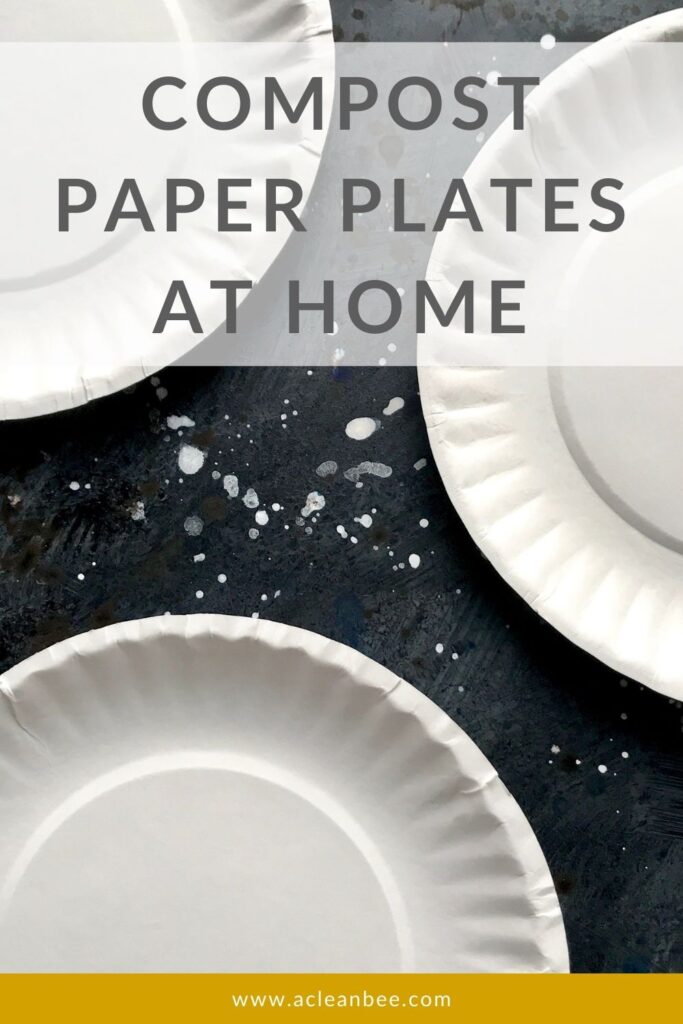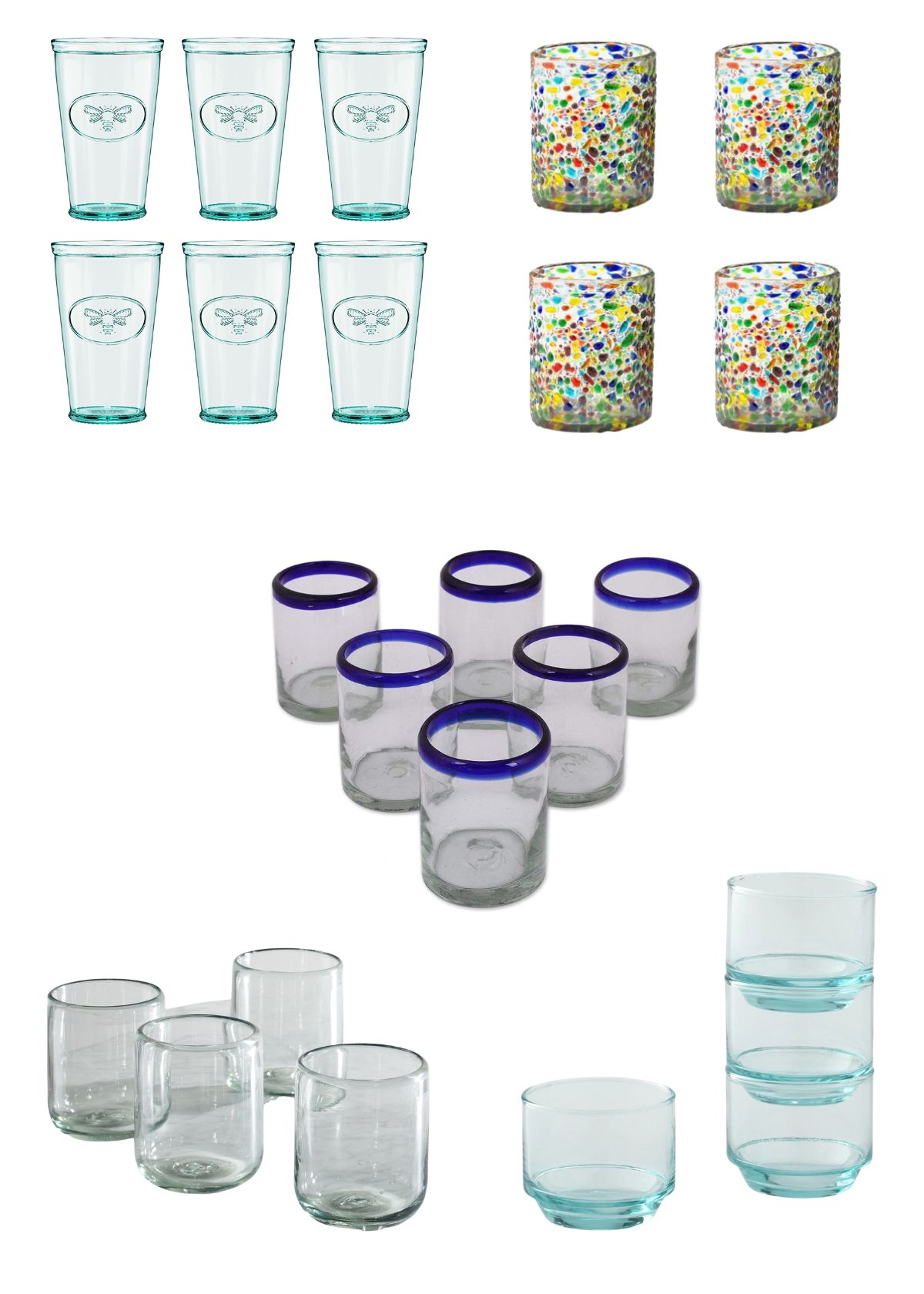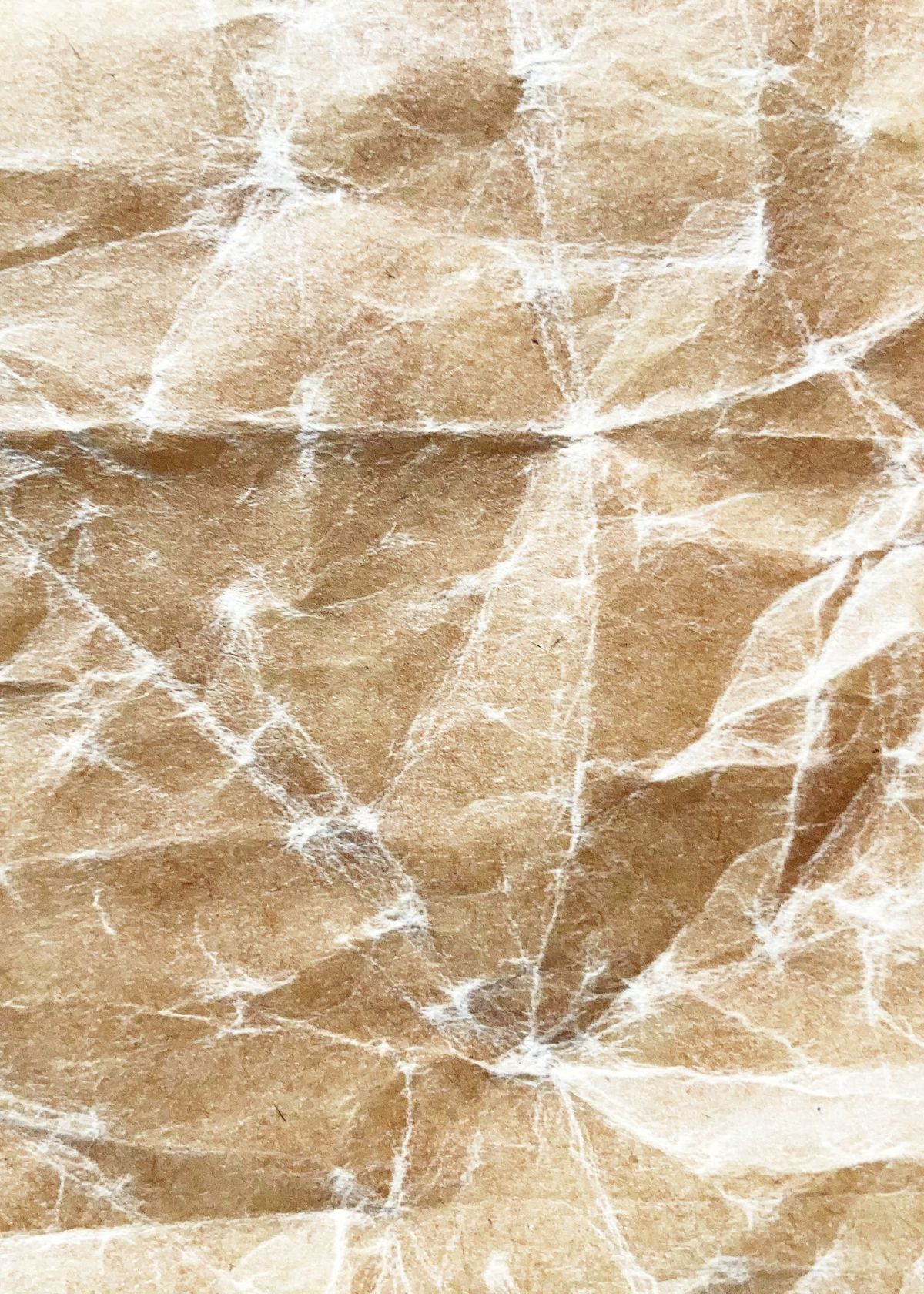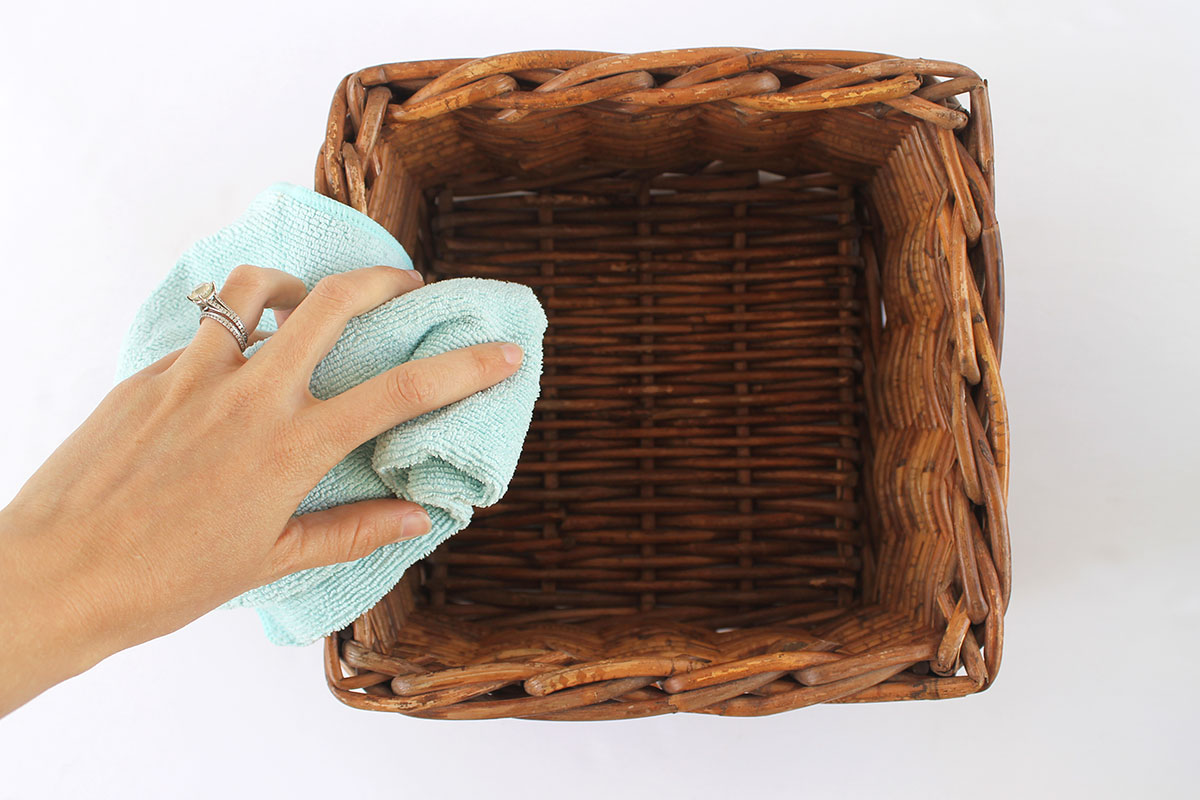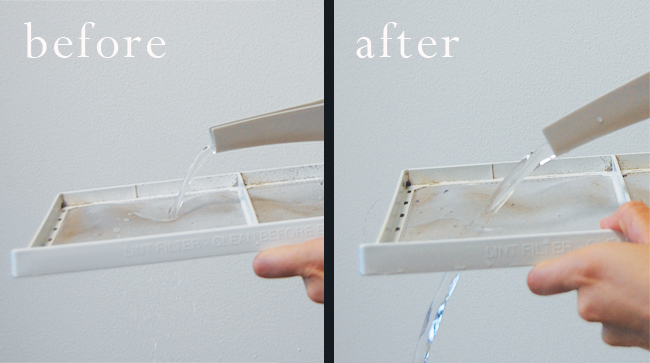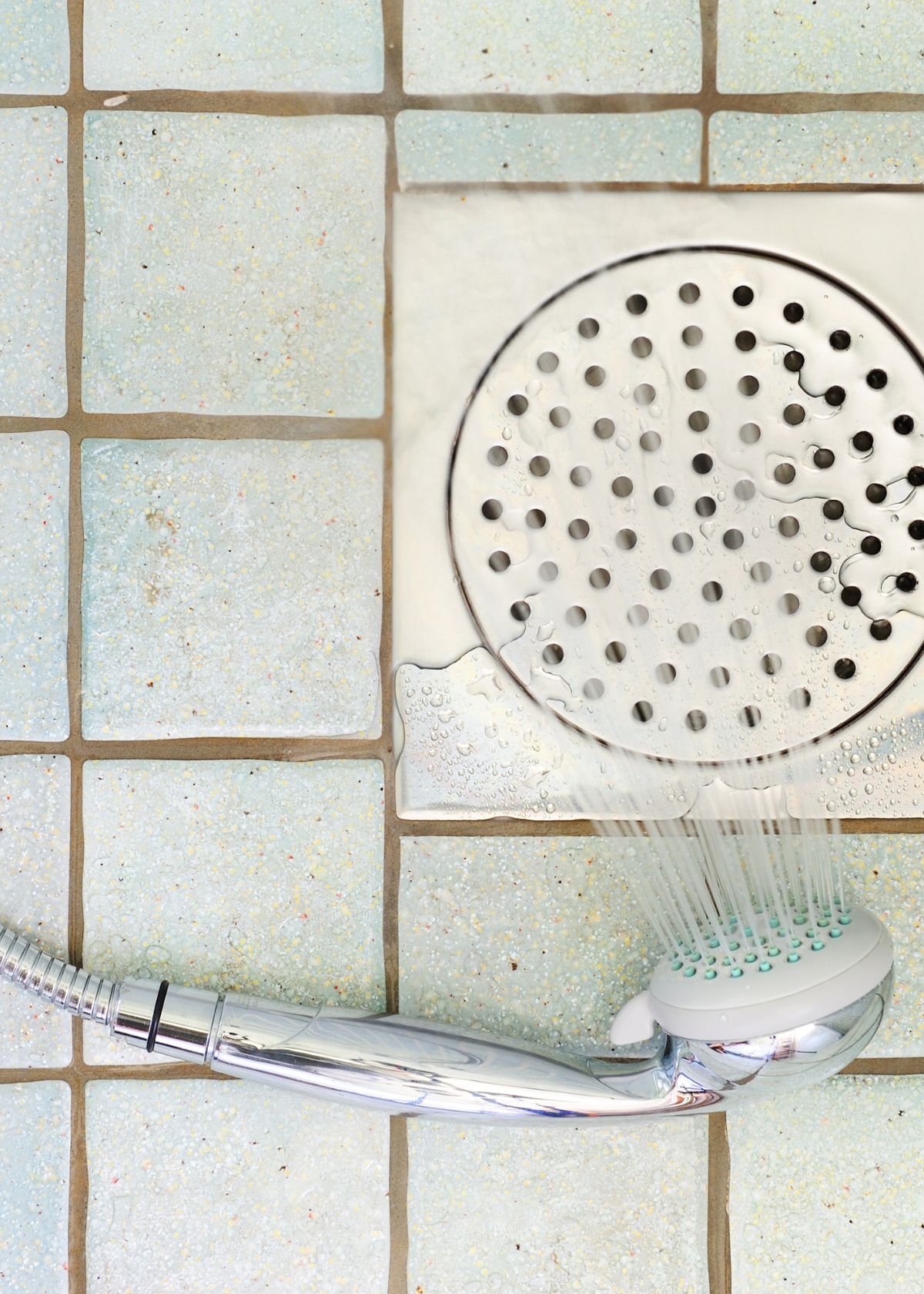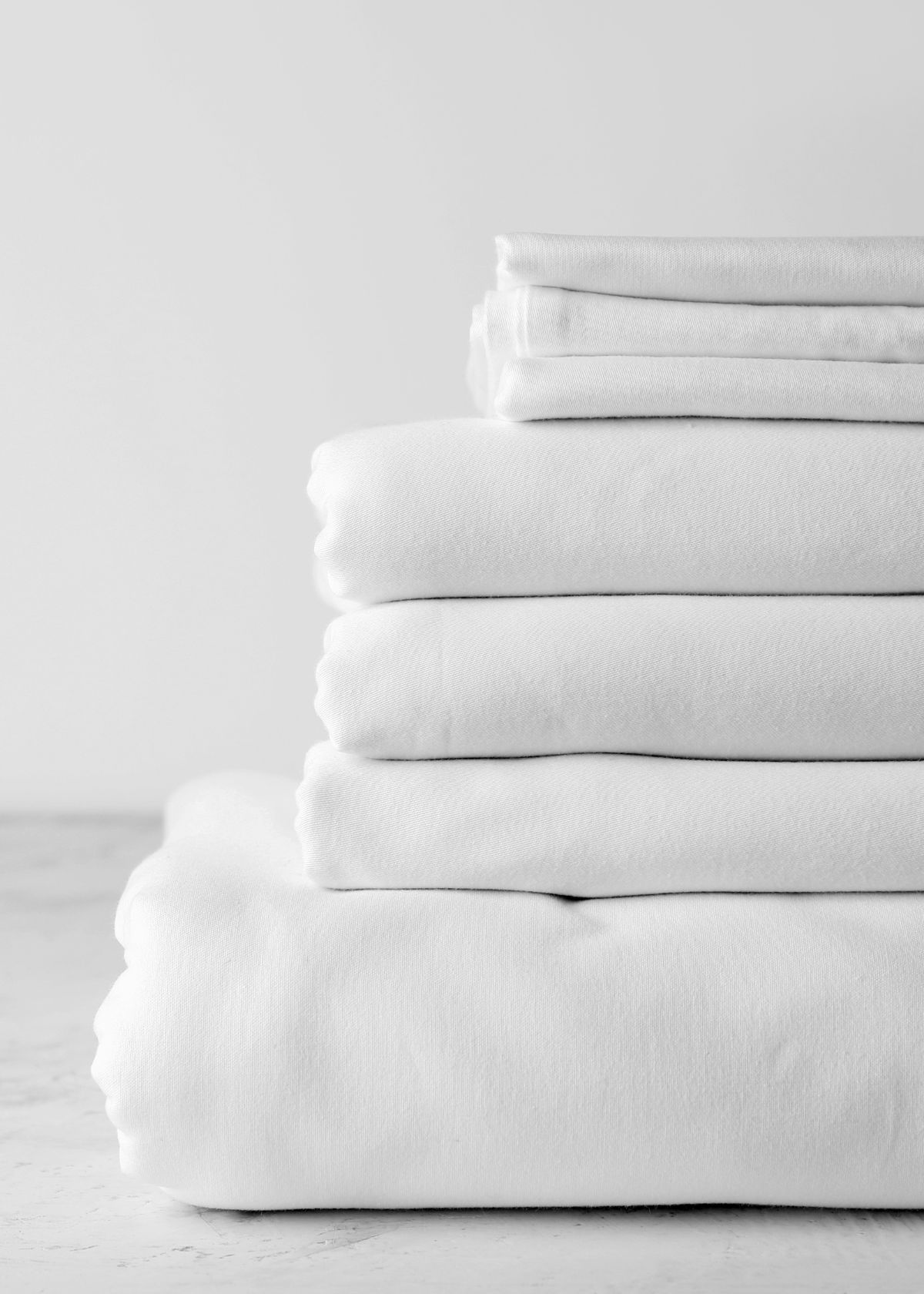The Complete Guide to Composting Paper Plates
Paper plates are undoubtedly extremely convenient when catering for a large number of guests. It is no surprise that more than two thirds of Americans used disposable cups and plates in 2020 (Source: Statistica).
Instead of simply disposing of paper plates in recycling (that is, if they aren’t caked in grease, or cake!), consider whether or not you can compost them! Not sure how? Here is a complete guide to composting paper plates that will guide you through your options.
Quick Navigation
How to Know if Your Paper Plate is Compostable
Paper plates may not be all that they seem. Some are coated with plastic and ink which are not suitable for home composting. Paper plates that do not have ink or a shiny coating (polycoating) can likely be composted.
The packaging will sometimes state whether or not the plates can be composted, or if they have a plastic coating. This helpful guide can help you find out what ‘compostables’ are indeed compostable.
If you are not composting at home, and are instead sending your used paper plates to your local food waste composting program, be sure to check local guidelines.
What is the Difference Between Compostable and Biodegradable?
Biodegradable, like compostable, means something can be broken down by things naturally occurring in the ground such as bacteria, fungi and microbes. However, the main difference between biodegradable and compostable is that there is no time limit on when items can be considered biodegradable.
For example, a biodegradable plastic bag can take thousands of years to break down, but releases harmful pollutants into the soil and atmosphere in the process. According to the EPA: “Plastic that is compostable is biodegradable, but not every plastic that is biodegradable is compostable.”
How Long Does it Take Paper Plates to Decompose?
The paper plate material and the method of disposal will determine the length of time it takes to decompose. For instance, home composting may be slower than commercial composting. The thickness of the paper plate can also affect how long it takes to decompose. According to Biomass Packaging, plates should decompose in roughly 180 days or less if it is disposed of in a commercial composting operation.
Compost Paper Plates at Home
So you have compostable plates? Brilliant, now make sure to take the following steps to keep your home composting operation healthy when adding paper plates.
Traditional Compost Pile
Step 1: Clean the Paper Plates
If your plates are covered in food, remove as much of the food as possible before putting them in your compost. Never compost meat or dairy products (Source: EPA).
Step 2: Breakdown the Paper Plates
You can either shred in a paper shredder or manually tear up the paper plates into small pieces. This helps the plates to break down in your composting operation and makes it easier to mix with other items in your compost.
Step 3: Keep it Balanced
Adding too much of any material to your compost can cause an imbalance. Make sure your paper plates only make up a small portion. You should aim for two thirds ‘brown’ waste (that can include your paper plates) and one third ‘green’ waste (which includes grass clippings and any other organic ‘green’ material) (Source: The Spruce). You can add in small amounts of the paper plate at a time, and then keep the cycle going.
Step 4: Rotate
Regularly rotating, or turning your compost pile helps to maintain healthy compost. By rotating the compost, you disperse the heat which helps to distribute the microorganisms that are working hard to decompose your waste.
Step 5: Repeat
Repeat steps 3 and 4 when necessary.
(For more home composting tips: Composting At Home | US EPA.)
Vermicompost
Vermicomposting uses earthworms to decompose materials. Vermicomposting is great for developing quality ‘potting’ compost. This is compost you might want to use when raising seedlings. The benefits of vermicomposting, or keeping a wormery, is that it can be less smelly than a traditional compost pile and is therefore more ideal for suburban settings.
Step 1: Clean the Paper Plates
If your plates are covered in food, remove as much of the food as possible before putting them in your compost. Never compost meat or dairy products. Be extra vigilant to remove scraps such as citrus, onion and garlic as anything too acidic can cause the worms harm if too much is added.
Step 2: Breakdown the Paper Plates
You can either shred in a paper shredder or manually tear up the paper plates into small pieces. This helps the plates to break down in your composting operation and makes it easier to mix with other items in your compost.
Step 3: Add the Broken Down Plates
Gradually add the scraps of paper plate into your wormery.
Step 4: Let the Worms do the Dirty Work
Now sit back and relax as the worms get to work on converting your waste into luscious compost!
Related: What Do Worms Eat, Everything You Need To Know – The Eco Hub
FAQs
Usually, yes, but be sure to check the packaging (and your local recycling guidelines) to know for sure! And remember, no oily or greasy residues can be mixed in with your recycling.
For outdoor entertaining tips, including dishware examples in our blog and podcast available here. Be sure to check out our easy swaps for a paper-free kitchen and essentials for a zero waste kitchen whilst you’re at it too.
Consider durable, reusable plates that don’t require a lot of storage. We recommend Corelle plates which can be collected in thrift stores or purchased new. They are made from triple layer strong glass and take up only half of the space of traditional ceramic stacked plates.
Generally, yes, as compostable plates can be used in your home composting operation and therefore add value to your garden. However, if you don’t have the ability to compost at home then recycling is better than disposing of your waste in the general waste. Recycling rates are low, with the EPA estimating that the recycling rate for paper in 2018 was less than 50%, which means that half of consumable paper products are sent to landfills.

